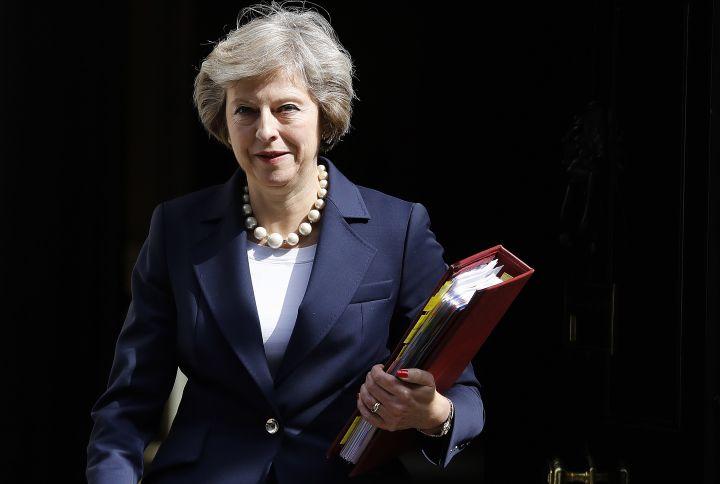Net migration virtually unchanged at 335,000 in year leading up to the Brexit vote, official data shows
People came to the UK to work as the country enjoys lowest unemployment levels for a decade

Your support helps us to tell the story
From reproductive rights to climate change to Big Tech, The Independent is on the ground when the story is developing. Whether it's investigating the financials of Elon Musk's pro-Trump PAC or producing our latest documentary, 'The A Word', which shines a light on the American women fighting for reproductive rights, we know how important it is to parse out the facts from the messaging.
At such a critical moment in US history, we need reporters on the ground. Your donation allows us to keep sending journalists to speak to both sides of the story.
The Independent is trusted by Americans across the entire political spectrum. And unlike many other quality news outlets, we choose not to lock Americans out of our reporting and analysis with paywalls. We believe quality journalism should be available to everyone, paid for by those who can afford it.
Your support makes all the difference.The number of people coming into the UK outstripped those leaving by 335,000 in the year before the EU referendum, official data shows.
In the 12 months running up to June, 189,000 EU citizens migrated to Britain along with 196,000 non-EU citizens, with high levels of employment the main attraction, while 49,000 British citizens left.
The overall net migration figure was similar to that recorded in the year to March 2016, which hit around 326,000.
It follows predictions from the UK’s official forecaster that the cost of falling migration in future years as a result of Brexit will hit some £16bn in lost government revenue.
Experts at the Office for National Statistics said the data released Thursday would not reveal the effect, if any, of the EU Referendum, but added that there appears to have been no significant impact in the run-up to the vote.
Immigration became a key issue during the referendum campaign, with many Remainers accusing the Leave camp of using xenophobic tactics, such as the “breaking point” poster.
An ONS statistician said: “Net migration remains around record levels, but it is stable compared with recent years.
“Immigration levels are now among the highest estimates recorded – the inflow of EU citizens is also at historically high levels and similar to the inflow of non-EU citizens; there were also increases in the number of asylum seekers and refugees.
“Immigration of Bulgarian and Romanian citizens continues the upward trend seen over the last few years and in 2015 Romania was the most common country of previous residence. The main reason people are coming to the UK is for work, and there has been a significant increase in people looking for work particularly from the EU.”
The most recent workforce data shows the UK has an unemployment rate of just 4.8 per cent – an 11-year low.
Meanwhile, there was an increase of 454,000 in the employed UK labour force in July to September 2016, compared with the same quarter for the previous year.
Of that 47 per cent can be accounted for by growth in employment for British nationals, 49 per cent by growth in employment for EU nationals, with the remaining four per cent accounted for by non-EU nationals.
The previous administration had hitched its economic growth plans to increasing immigration in coming years. But following the Brexit vote, the Office for Budget Responsibility predicted a slowdown in immigration that could cost the Treasury £16bn in lost income.
Theresa May has retained the previous administration’s goal to trying to force net migration levels down to the “tens of thousands”.
Today’s data also shows there were 41,280 asylum applications in the year to September 2016, the sixth successive annual increase, although the number is less than half the level of the peak in 2002, which hit 103,081.
In addition, 4,162 people were granted humanitarian protection under the Syrian Vulnerable Persons Resettlement Scheme, taking the total to 4,414 since the scheme began in January 2014.
Join our commenting forum
Join thought-provoking conversations, follow other Independent readers and see their replies
Comments